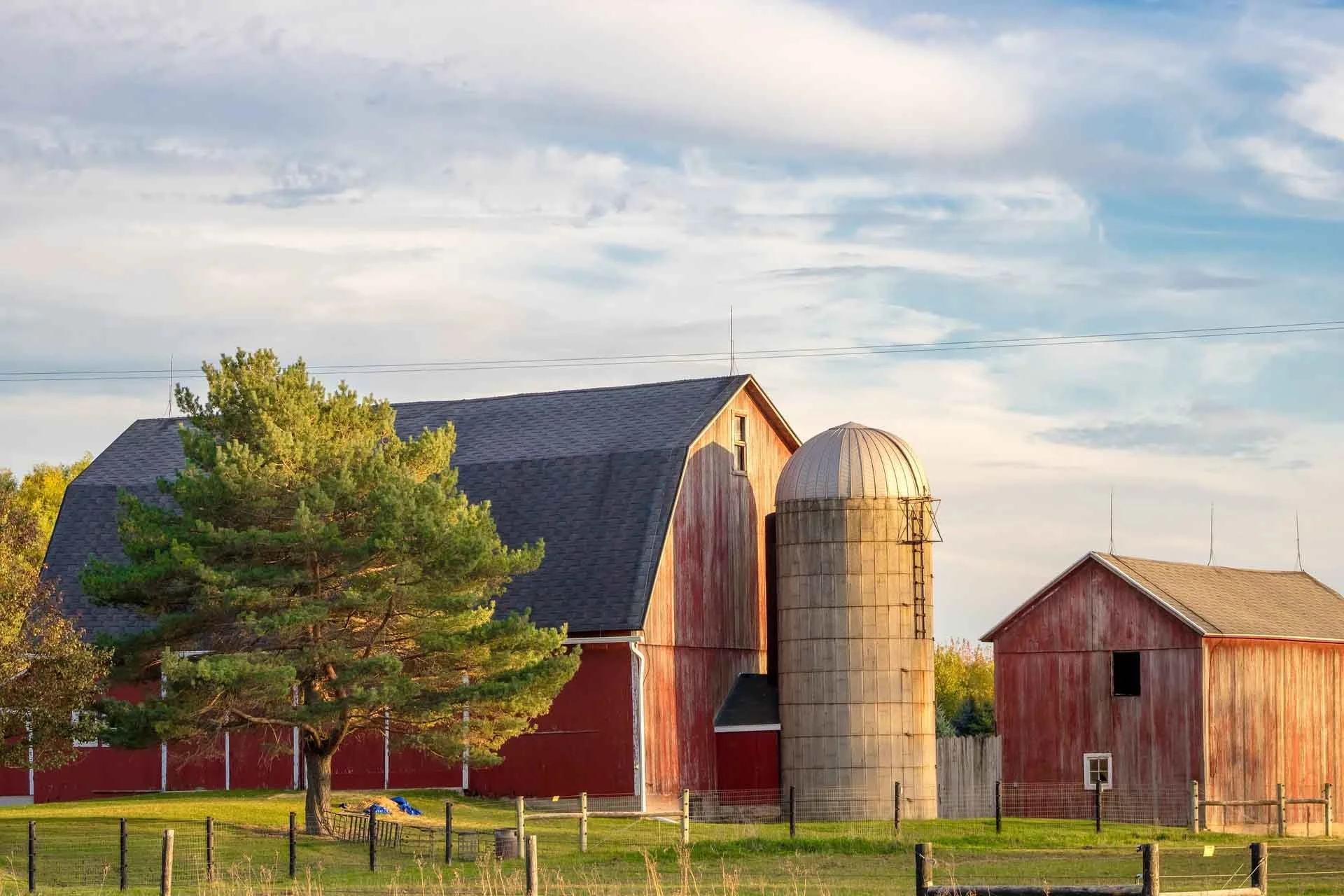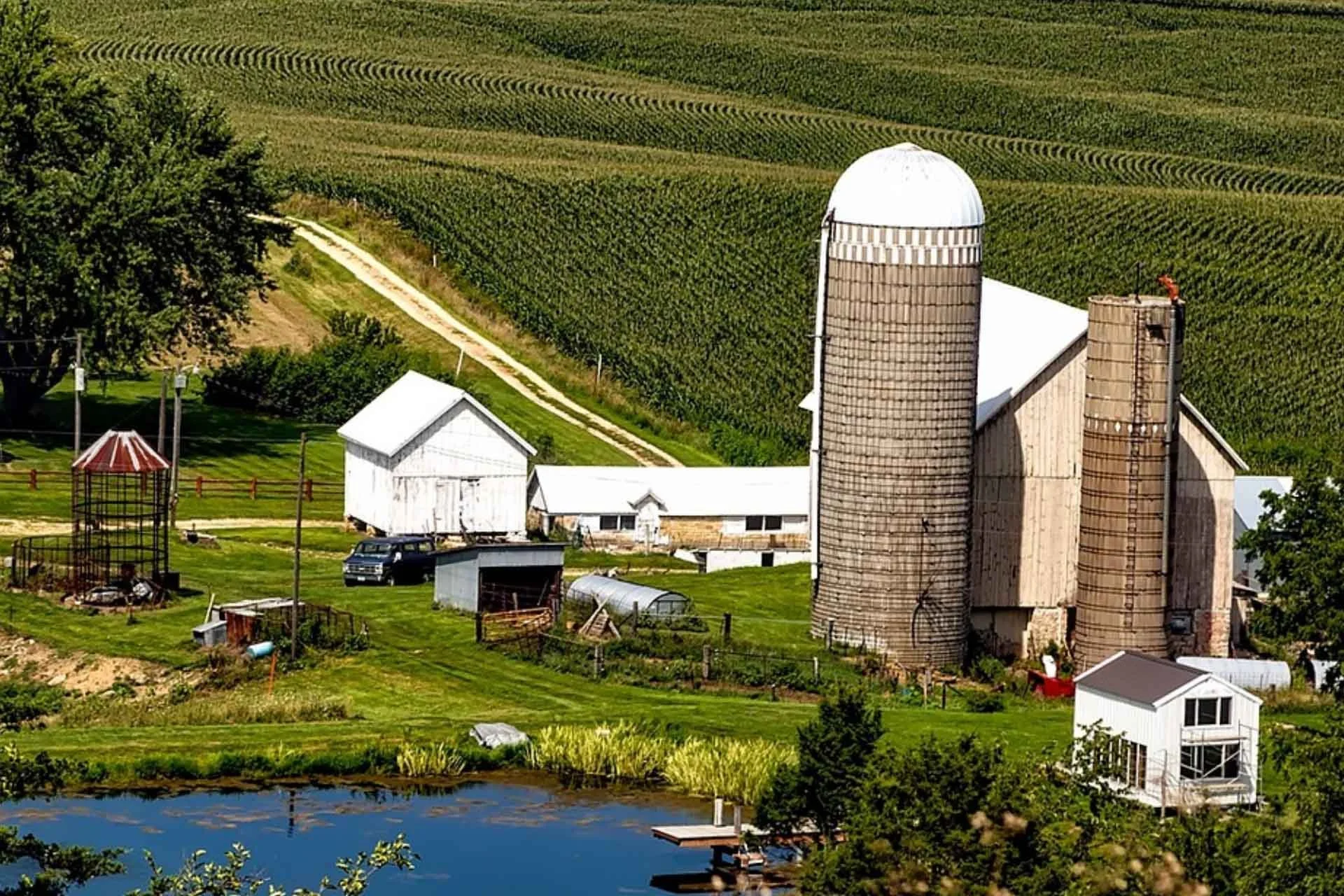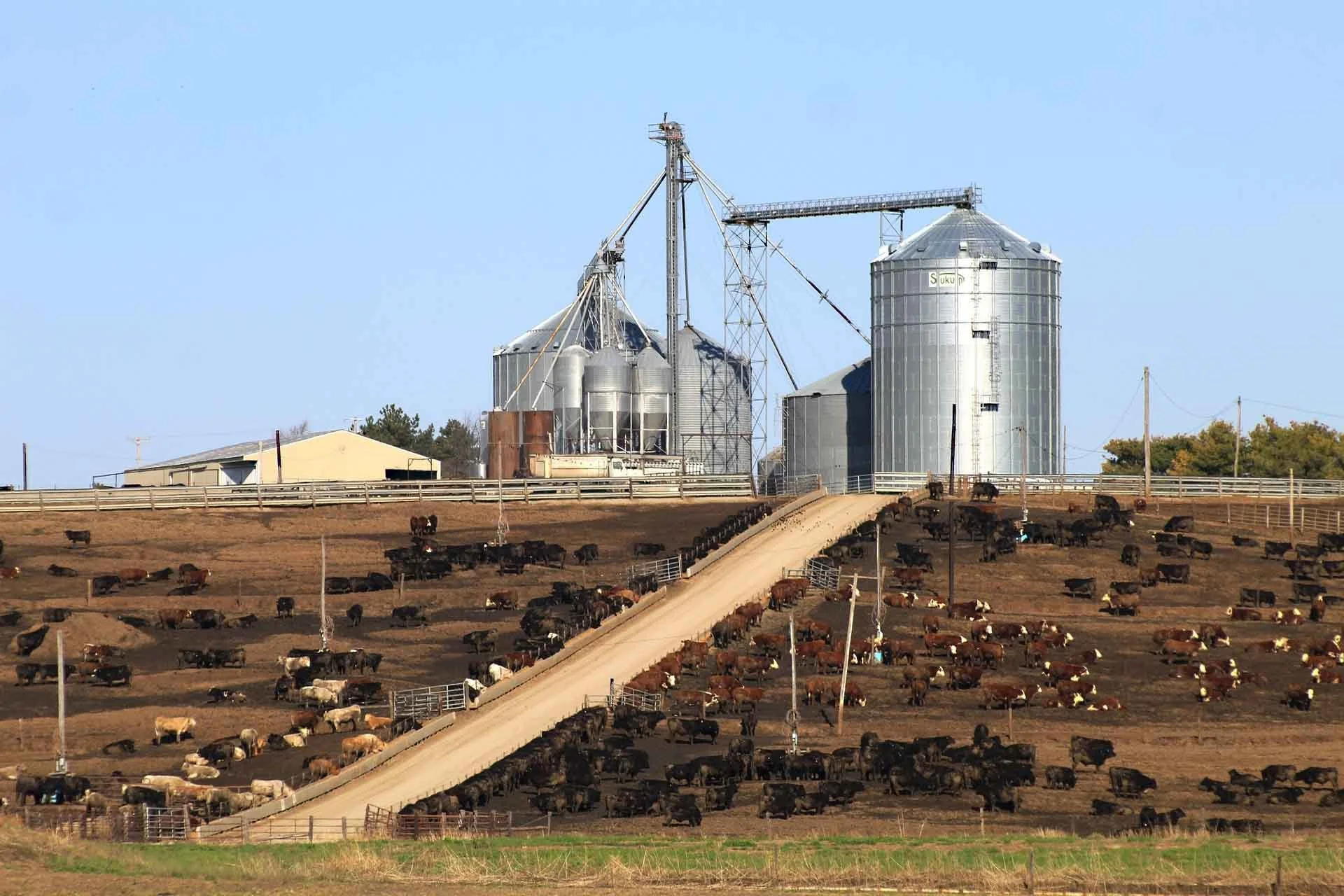Silo vs Grain Bin: What Should You Go For?
Silo vs Grain Bin: Which One Is Best For You?
Source: Pixabay
The answer to the age-old question “Which is better, silos or grain bins?” might disappoint you—because it depends. There are several factors to consider. Each business is different.
Silos and grain bins have their own pros and cons. What works for others might not work for you. And, with the many varieties of silos and grain bins, picking the best one might be difficult.
We’re here to help. In this article, we’ll be going through the advantages, disadvantages, and factors to help you decide what storage type to go for—silos or grain bins.
Storage Silo VS Grain Bin
The most obvious difference between a silo and a grain bin is the shape. Bins are smaller and wider. Silos are taller and slimmer.
Most modern grain bins have better ventilation than silos. They’re cylindrical in shape with peaked metal roofs. It’s generally used to store grain products like corn and soybean.
Silos are also cylindrical, but they’re narrower with the tops typically dome-shaped. Silos consist of concrete, bricks, metal, and even wood.
But, the difference doesn’t only apply to its shape and materials. It also applies to their functions. You need to know when to use a silo and when to use a grain bin.
When to Use Silos
Silos are often found on farms as a feed storage solution. The structures store cement, wood chips, and most commonly—fermented grass or silage to feed livestock.
Fermenting the grass causes it to acidify. This is known as silaging. Silos need to be maintained in a way that promotes fermentation without causing spoilage.
Most farmers would start fermentation by packing the grass together, removing oxygen from the environment. Microorganisms are also used to hasten the process.
Silos have minimal airflow to help keep products like corn and grass from spoiling. On the other hand, grain bins allow for maximum airflow control.
When to Use Grain Bins
Grain bins, as the name implies, store grain. Because grain is primarily stored, bins require more monitoring and features to keep the product in the best possible condition.
Ladders are included on the side of the bins to allow farmers to monitor to inspect the grain in the headspace. Most issues are likely spotted here.
To avoid issues, farmers can use grain bin monitoring systems for temperature and moisture, ventilation for airflow, and drying mechanisms.
If you’re aiming for a storage system that can protect your grain products against moisture, grain bins should be your go-to.
Types of Storage Silos
Source: Pixabay
There are three main types of silos you can find across most farms.
Bunker Silo
Bunkers make use of the natural environment. They’re like trenches. The walls are built manually with concrete and tarps to cover the product.
Farmers often use loaders and tractors to load and unload the products. Meanwhile, more modern storage systems use machines like conveyor belts.
Bag Silos
Plastic is used to create bag silos. These bags are made to be hermetic or airtight and are built to protect products from external factors such as harsh weather conditions and pests.
Transporting bag silos are easier and more efficient. It’s the most flexible option between bunker silos and tower silos. And, it also takes up less space compared to bunker silos.
Tower Silos
Tower silos are the most common storage structures on most farms. They’re the tall cylindrical buildings we’re all familiar with.
Most farmers load and unload from the top. However, bottom unloaders are also used, although not as common. Thanks to its narrow frame, you can place multiple silos on your land.
Features of Grain Bins
Source: Pixabay
Most bins are uniform. But, they do include features that help protect and store your grain. This includes cushion boxes, flow valves, and side gates. Here’s a quick rundown for each:
Cushion Boxes
Revenue from your harvest depends on the quality of the grain. Most storage systems can store grain for long periods. The challenge is maintaining the quality right from the start of storing.
Cushion boxes help soften the landing of grain during loading. Kernels can easily crack or break during this time which can lower the overall market value.
Flow Valves
To ensure the quality of the grain, you need to monitor the processes it goes through in the grain handling system. Flow valves allow you to do just that.
They can control the speed at which the grain moves in your storage system and allow the facilitation of the amount of grain traveling through your systems, helping prevent cross-contamination and grain leakage.
Slide Gates
For larger-scale operations, slide gates are necessary to ensure the security of your grain products. For example, hopper grain bins use slide gates to control the flow of grain.
This helps prevent leakage to help secure profits during the loading and unloading phase. These are essential when handling grain in bulk. Slide gates are typically placed in discharge points such as conveyors, hoppers, or emergency shut-off locations.
Pros and Cons of Silos and Grain Bins
Both silos and grain bins have their own sets of pros and cons. Consider the following advantages and disadvantages when deciding on which storage system is best for you:
Advantages and Disadvantages of Silos
The following are the advantages you can get when going for silos:
Silos need less space thanks to its narrower design.
Products are stored in optimal conditions and require little monitoring.
It costs less than other storage options.
Here are the disadvantages of silos:
10 farmers die each year from silo entrapment.
Silos are susceptible to fire and explosion.
Farmers risk inhaling harmful substances from fumigants and pesticides.
Silos can accumulate carbon dioxide which can cause severe issues when inhaled.
Advantages and Disadvantages of Grain Bins
Grain bins offer you the following advantages:
Grain bins can control airflow, temperature, and moisture ensuring quality products.
It can be used as a long-term storage solution for grain from harvest until the most profitable season to sell.
It can be used throughout the year for livestock feed.
However, grain bins also have these disadvantages:
Initial investments in grain bins are costly. You need to consider the size, wiring, ventilation, insurance, property taxes, and maintenance costs.
Empty bins can leave you with upkeep and maintenance costs without profits.
Larger spaces are needed to install grain bins due to their size.
Key Takeaways
If you’re more into livestock, then silos might be for you. If most of your products are grain, investing in grain bins might be worth it. Here are the main factors you need to consider:
Silos take up less space than grain bins but lack features such as airflow control.
There are three main types of silos to choose from—bunker, bag, and tower silos.
To make grain bins more effective, you need cushion boxes, flow valves, and slide gates.
To make the most out of your grain storage, contact the professionals to get tailor-fit systems to address your specific needs. Contact Wall Grain Solutions today for a free quote.



